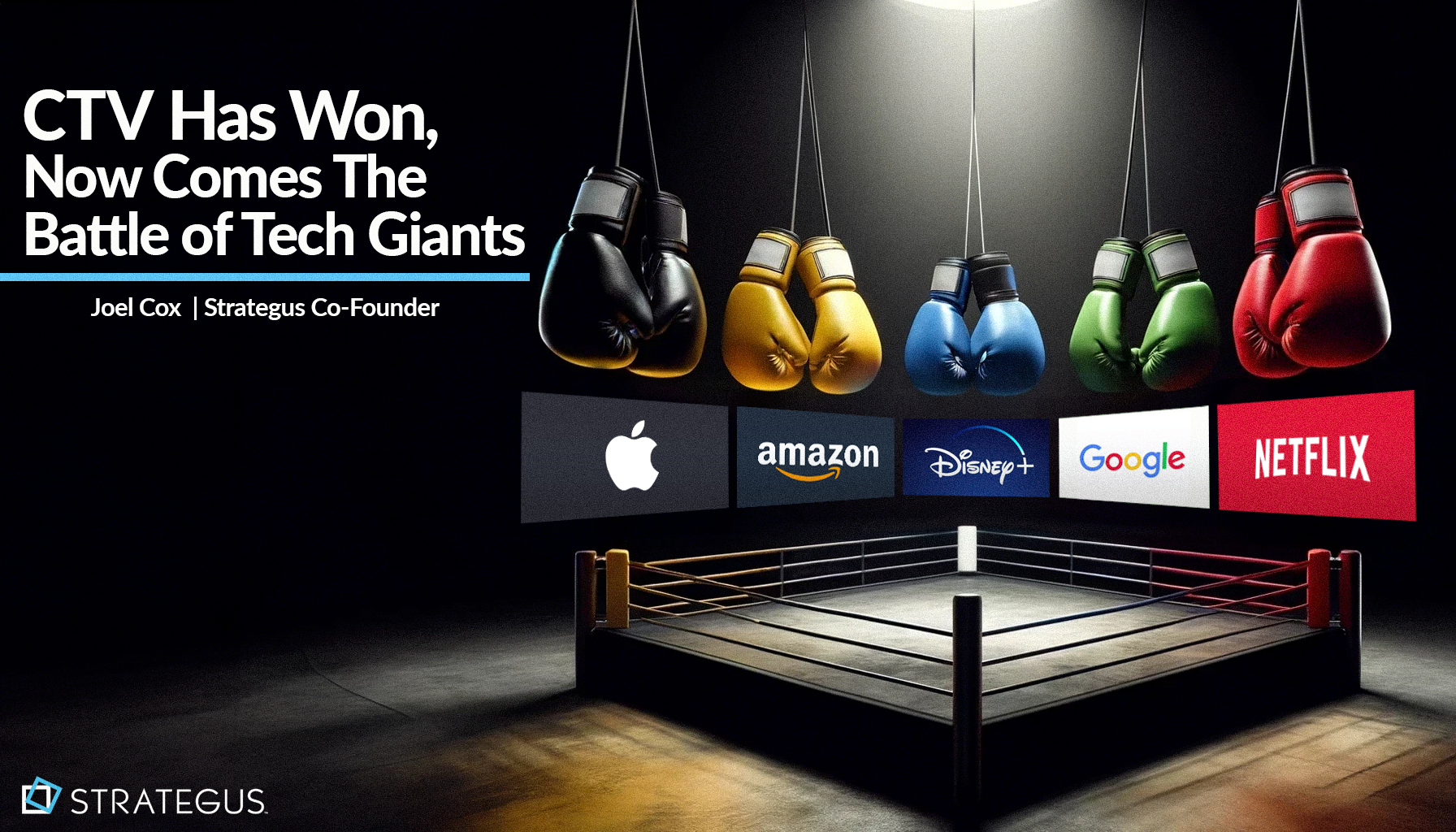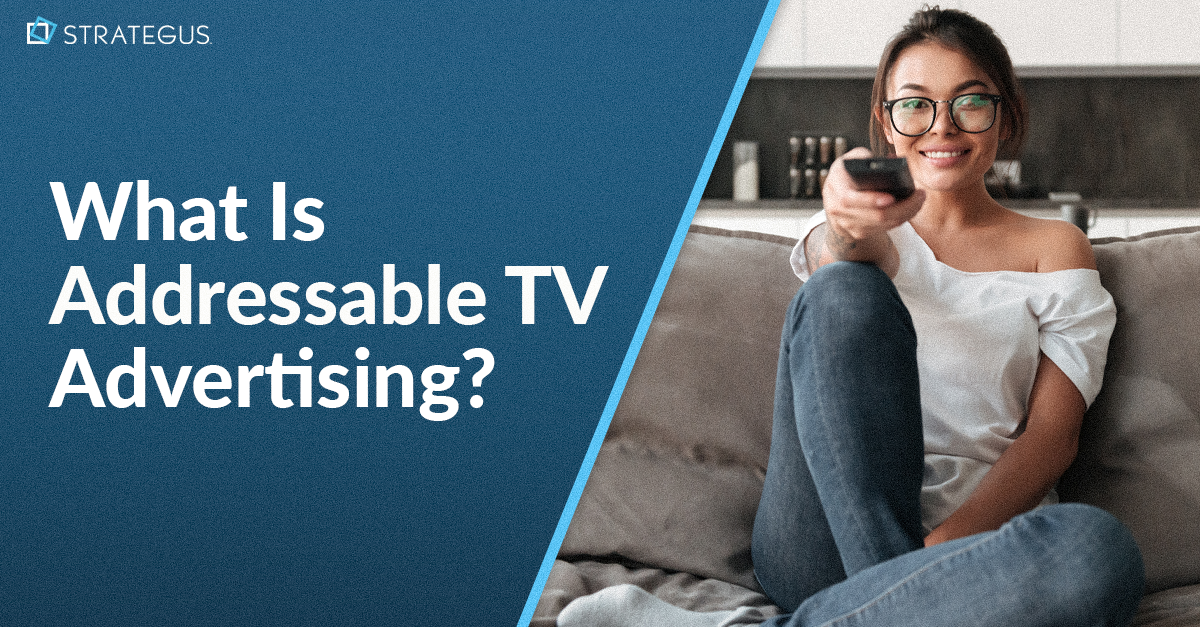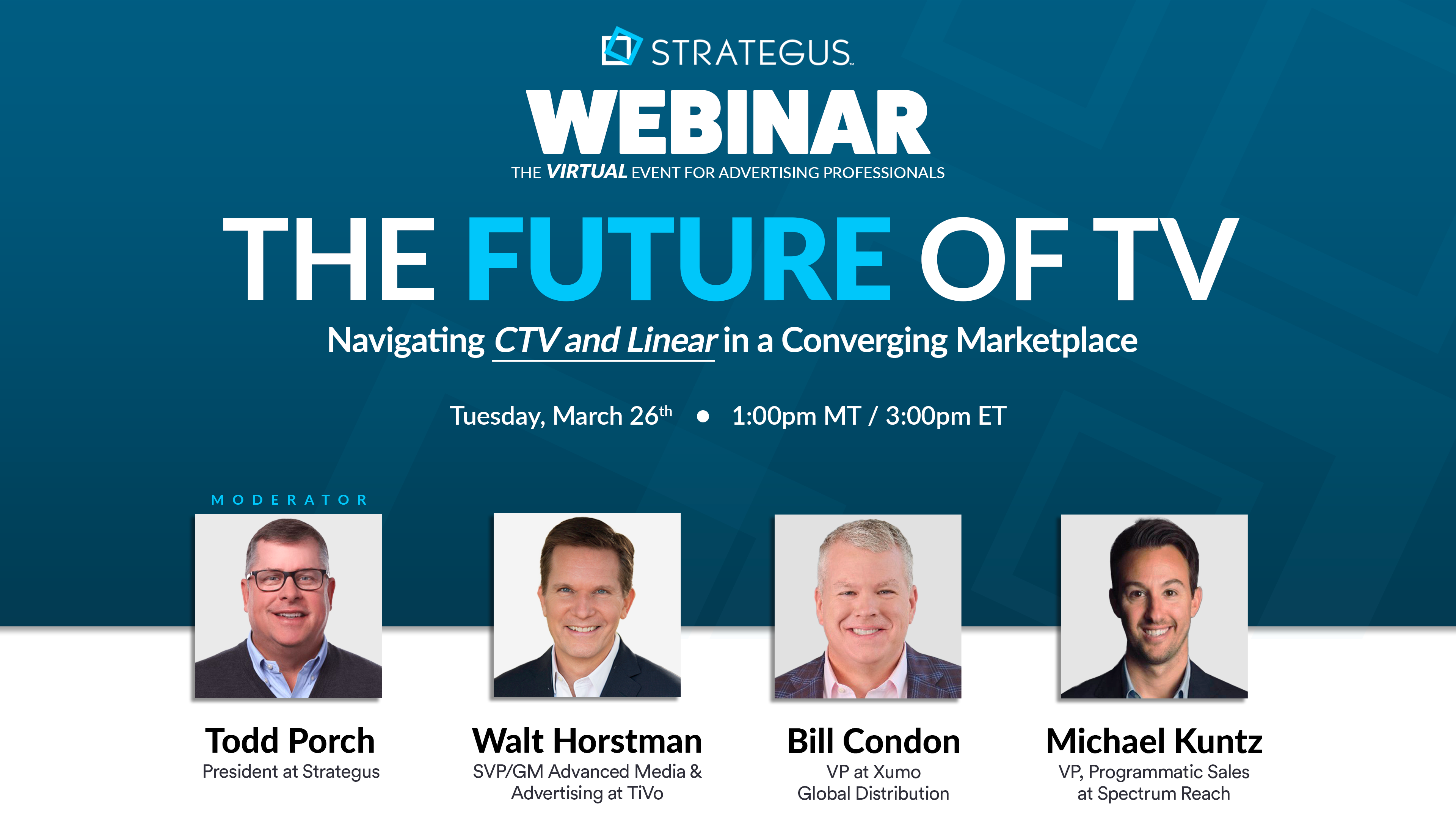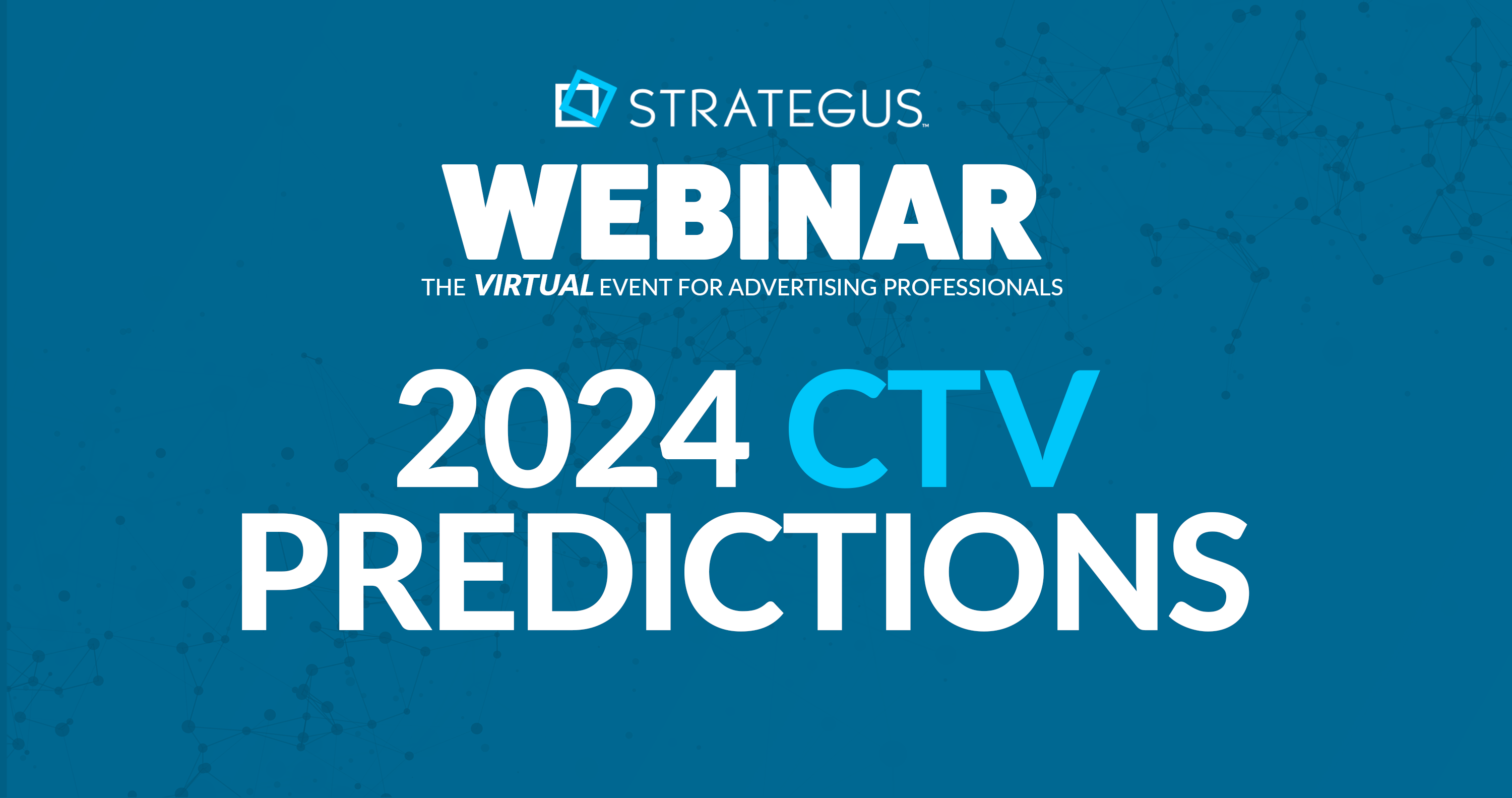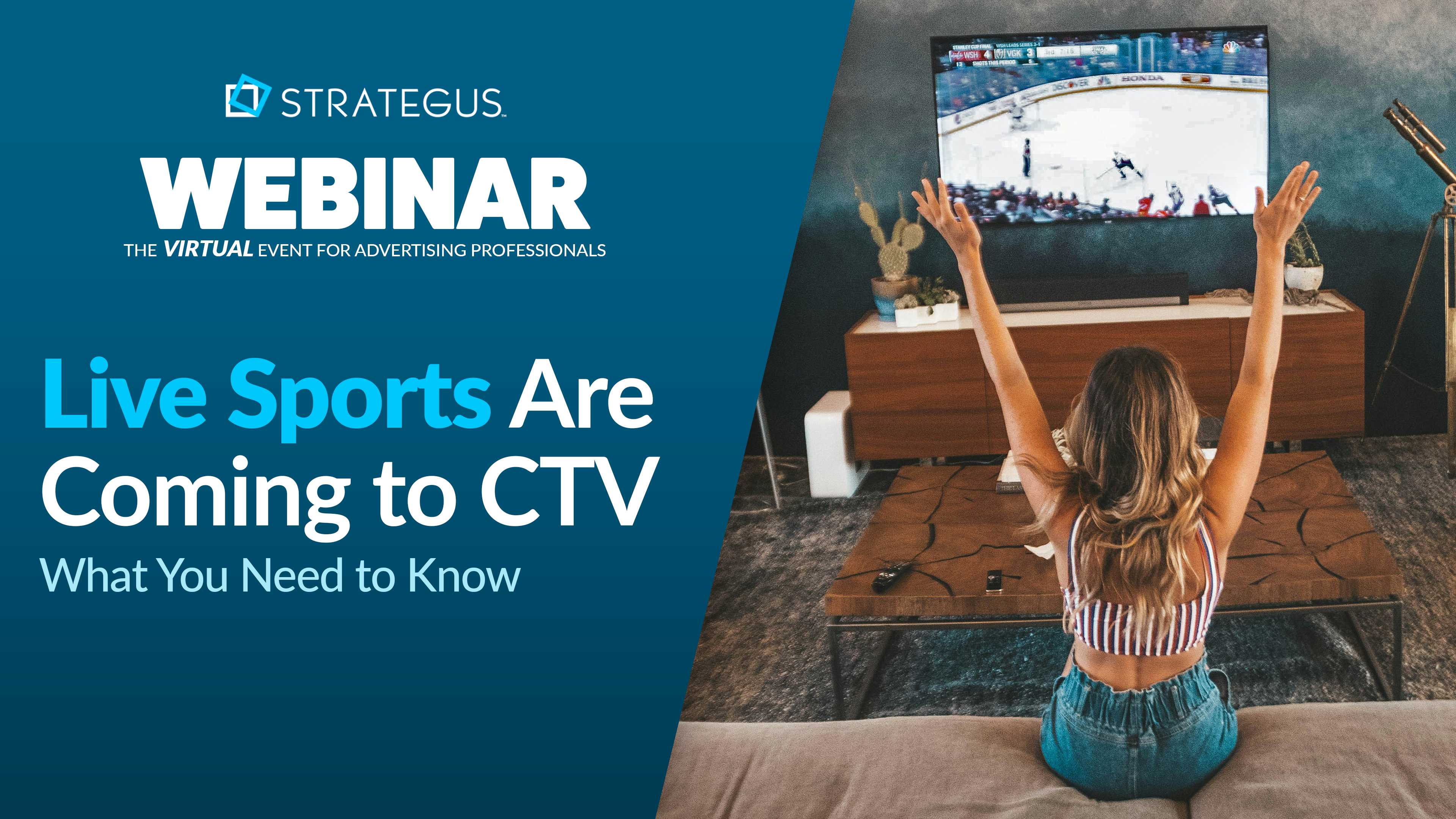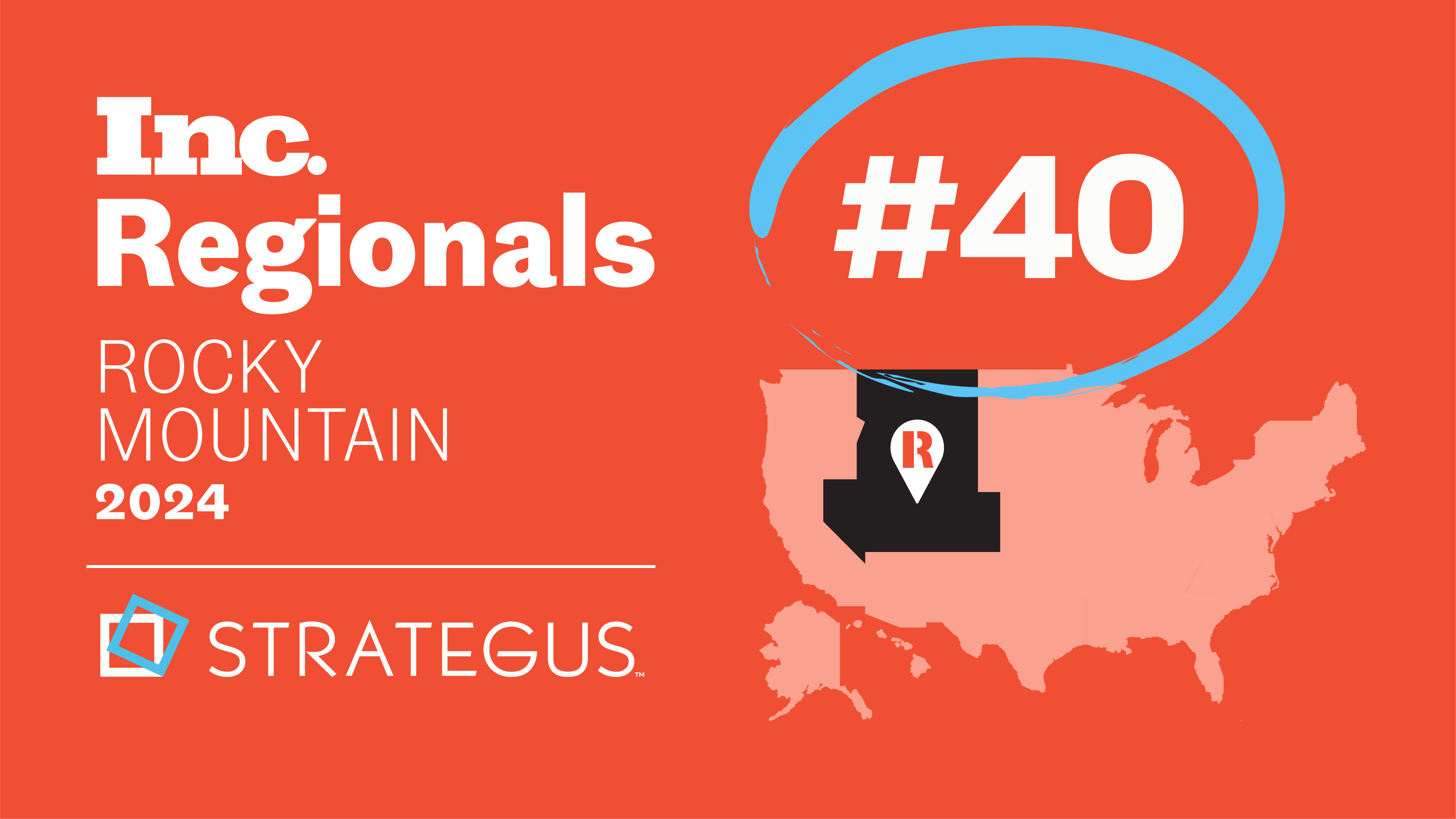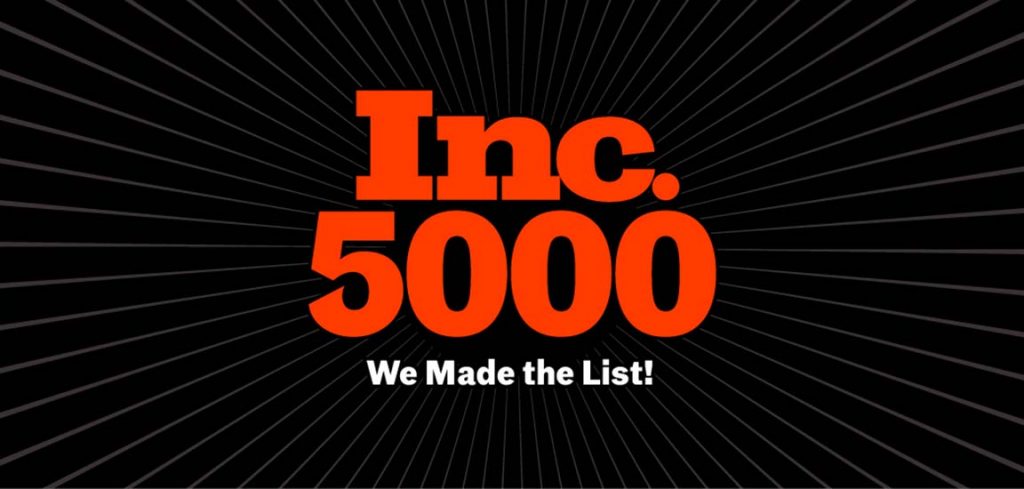How to Optimize Reach and Frequency in OTT/CTV Advertising
 Andy Dixon
Andy Dixon
6 minutes read
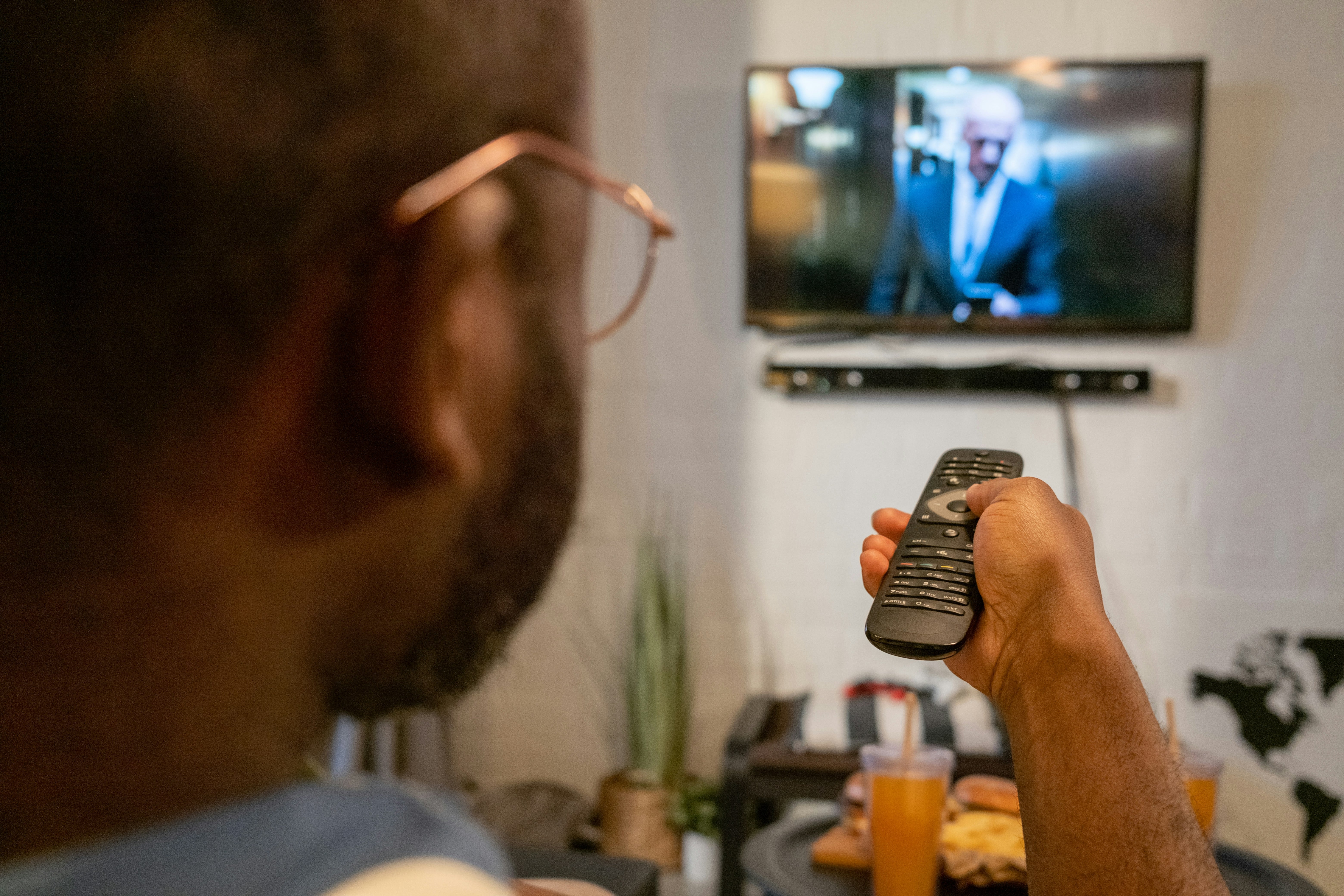
Over the Top (OTT) and Connected TV (CTV) platforms are rising in popularity, and that means all media-based marketers need to start shifting, too.
OTT/CTV advertising is simultaneously an excellent opportunity and a momentous challenge. Lots of viewers are available, but they have a limited attention span, an infinite amount of media they can choose to consume, and increasingly stratified personas that make it easy to miss the mark.
But you can’t afford to hesitate:
According to eMarketer’s Q3 2020 Digital Video Trends report, CTV advertising in the US increased 25% in 2020, with ad-supported video-on-demand (AVOD) revenue up 31% and digital upfront TV ad-spend up 11%, despite the downturn in traditional TV advertising.
In this guide, we’ll walk through what role reach and frequency have in OTT/CTV advertising, as well as how to optimize them for your unique projects. We’ll also discuss a few other ways to optimize your marketing efforts throughout your process.
Reach and Frequency in Advertising
What Is Reach?
Reach is the number of people exposed to a piece of content at least once in a specified period of time, whether that be an hour, day, week, etc. For example, if the average viewership of a certain YouTube video is viewed 1,000,000 times a day, its daily reach is 1,000,000. But that doesn’t mean the actual audience of viewers who see the sponsorship plug or video ad will reach that number.
Traditional television stations measure reach for certain programs and break it down by household demographics to determine advertising rates. Remember: reach isn’t the number of viewers definitely exposed to an ad, just the people likely to have been exposed because they have access and a tendency to view.
Streaming platforms can do the same, but they provide far more accurate insights. After all, streaming is conducted via an internet connection, offering much more precise analytics and Netflix accounts (for example) belong to individual users. The same is true for Hulu, Sling, Tubi, and the entire gauntlet of OTT/CTV options, meaning you have a better understanding of who will be exposed to an ad.
What Is Frequency?
Frequency is the average number of times an advertisement is placed in front of the reached population. The traditional line of thought was that the higher the frequency, the likelier someone is to see the ad and the higher the quality of reach — or the “effective reach” — is. However, driving up frequency isn’t always the way to succeed. It’s expensive, and, as we’ll discuss more later, optimizing is always better than just increasing.
Why Do You Need Both?
Frequency plays a factor in touchpoints, or the number of times a lead engages with your brand before making a conversion (like subscribing to a newsletter or visiting a website). The more high-quality touchpoints, the closer you get to a sale. However, you also want to broaden your reach within your target market so you aren’t leaving viable leads on the table.
Optimizing Reach and Frequency
As you revise your marketing campaigns over time to reach new audiences or build rapport with the right target market, it’s important to focus on optimizing, not just increasing.
Focusing on increase alone balloons the costs of your campaign, and this can quickly wipe out your budget with little to no increase in lead conversion. There are two key risks of over-increasing:
- Too much reach: If you expand too far outside your target or tested audiences, you’ll be reaching viewers who are much less likely to convert to leads or customers. While experimentation is important, it should be a highly controlled process.
- Too much frequency: Even warm leads who are exposed to exactly the same advertisement or pitch too many times will suffer ad fatigue. This creates frustration, annoyance with your brand, and potentially lost leads.
How to Optimize: Testing and Revising
Instead, we recommend creating strict processes for testing and revising. Your team can explore:
- New platforms
- New times
- New frequency rates
After all, audience behaviors change over time, and it’s important to grow your business through new markets. However, set definite dollar thresholds and timelines for your tests. Then you can analyze the results to measurement engagements, conversions, click-throughs, and signs of negative engagement to determine if you want to continue your new approach.
Segment your campaigns so you can track experiments separately from your main efforts. This will give you clear answers about which strategies are a success.
What Are Other Ways to Optimize an OTT/CTV Campaign?
Instead of just modifying your reach and frequency, there are two other key strategies for optimizing your OTT/CTV advertisement efforts:
Creative Optimization
Creative optimization focuses on A/B testing the material of your advertisement to create ads that your audience best responds to. By isolating and testing different elements such as images, calls to action, and even ad size, you can drive better conversions and make your spend more efficient.
Audience Optimization
Audience optimization is similar to optimizing reach and frequency. However, it focuses on finding which of your target audiences provide the highest quality engagement, such as quick conversions or high-dollar purchases. Focusing on audience optimization boosts your ROI and profitability, whereas reach optimization can boost your overall revenue.
Get Clear Insights to Drive Your OTT/CTV Advertising Campaigns
Modern advertising is founded on time-sensitive insights and data analysis. Not only does OTT/CTV advertising put you in front of key consumer audiences, but you can get clear, in-depth insights about engagement, conversion rates, and more.
At Strategus, we can help you make sense of the data and refine your campaigns so you reach the right target market the right way.
We’re here to give you the answers you’re looking for as you make the switch to OTT and CTV advertising and modern media marketing solutions. Contact us today to start with our full-stack OTT advertising platform.

Andy Dixon is a seasoned Content Writing Specialist at Strategus, renowned for his expertise in creating engaging and impactful digital content. With over a decade of experience in content creation, Andy has honed his skills in a variety of niches, ranging from technology and marketing to education.
Strategus is a managed services connected TV(CTV) advertising agency with over 60,000+ campaigns delivered. Find out how our experts can extend your team and drive the result that matter most.
Talk to an Expert
Seeking a Custom CTV Strategy That Delivers?
What to read next

Innovative Ways to Maximize Your OTT Ad Spend
You’ve got a budget. This is the year you’re going to allocate OTT as part of your digital strategy and you want to make your dollars work for you....
3 minutes read

How to Optimize OTT Ads
When running OTT advertising campaigns, you may be asking what’s the best way to optimize your OTT ads? Not all ads are created equal, and not all...
2 minutes read

OTT Advertising vs. Traditional TV Ads: What’s the Difference?
You have choices. When it comes to allocating an ad-spend budget, it’s tough to know where to invest your dollars. You know video consumption is on...
3 minutes read

OTT Ad Metrics Explained
Since 2017, over-the-top (OTT) services have dominated video ad views in the U.S. These streaming platforms combine the best of both worlds: the...
4 minutes read



